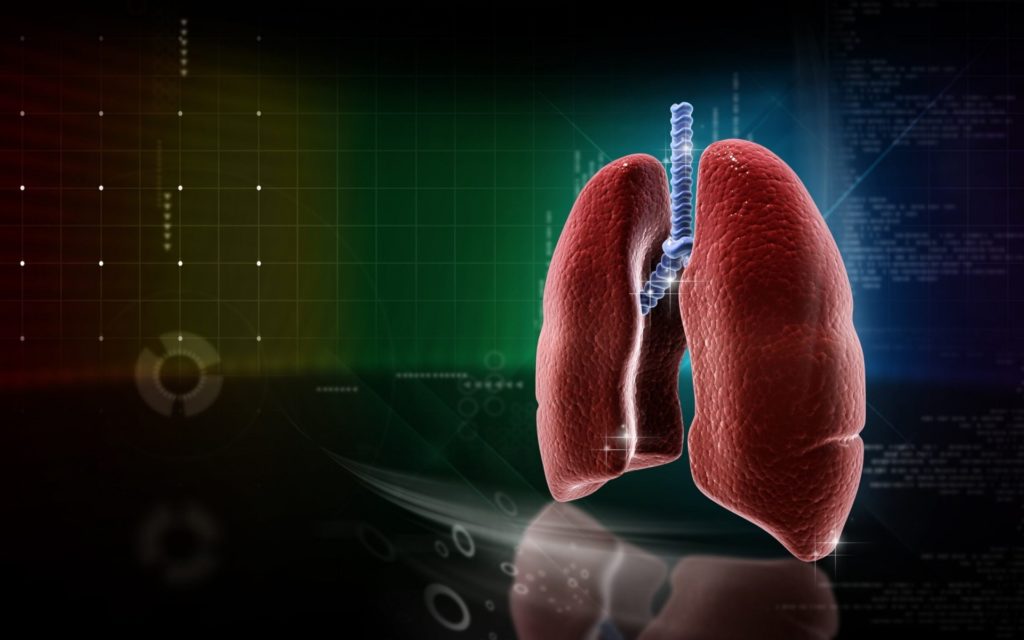Pulmonary rehabilitation, also known as respiratory rehabilitation, or lungs rehabilitation is an important part of health maintenance of people with a respiratory disease such as chronic obstructive pulmonary disease (
Comprehensive Description

Pulmonary rehabilitation is a comprehensive, multidisciplinary program that uses a combination of teaching, counseling, and behavior modification techniques to improve self-management, reduce symptoms, optimize functional capacity, and increase participation in social and physical activities in patients with chronic lung disease.
Overview
A typical pulmonary rehabilitation program lasts 8 to 10 weeks. The goal of pulmonary rehabilitation is to help you manage your lung condition or recover from surgery by teaching you how to be more active and function in daily life without experiencing shortness of breath, helping you improve your overall quality of life, and instilling in you the confidence to be able to do what you need to do.
The program involves supervised coordinated exercises and an education program that is designed to help you learn effective breathing techniques and breathing management if you have chronic breathing problems or after you have had lung surgery.
We provide education about your lung condition, exercise training, management techniques for your lung condition, techniques for conserving energy, breathing strategies, and counseling for emotional support.
Each program is individualized to your specific needs and depends on your unique diagnosis and the results of your pulmonary function test.
Conditions treated in the pulmonary program:
- Asthma
- Bronchiectasis
- Chronic obstructive pulmonary disease (COPD)
- Chronic bronchitis
- Interstitial lung disease
- Emphysema
- Pulmonary fibrosis
- Typical surgical procedures that might necessitate rehabilitation would be following lung transplantation and before and after lung volume reduction surgery.
Program
It is an individually designed program involving supervised exercise, education and energy conservation techniques that help to improve the quality of life of a patient with deconditioning lung disease.
Education
∙ Understanding the use of oxygen therapy
∙ Diet, nutrition, and weight management
∙ Reduce the number of breathlessness episodes
∙ Maintain healthy behaviors such as smoking cessation, good nutrition, and exercise.
∙ Strategies for managing and coping with breathing problems
Monitored and supervised exercise
- An individualized program of very mild physical exercises to begin with that is tailored to the patient’s abilities and personal needs.
- Learning how to exercise safely and effectively, while parameters such as your blood pressure, heart rate, oxygen saturation are continuously monitored and supervised by a specialized rehabilitation physiotherapist.
- Strengthening muscles and thus improving stamina to carry out daily activities better
Psychosocial support
People who have chronic lung diseases are more prone to depression, anxiety, and other emotional problems. These programs offer counseling to build your confidence and come up with strategies to help cope with the disease
Benefits of Pulmonary Rehabilitation:
- Strengthen and condition lungs and improve exercise capacity
- Education of breathing techniques which help in energy conservation in tasks of daily living
- Increase self-confidence, thus improving the quality of life
- Develop breathing techniques and manage shortness of breath episodes
- Return to work and activities of daily living more quickly
- Develop coping, stress reduction skills and relaxation techniques
Conclusion
Although Pulmonary Rehabilitation cannot cure your lung disease, it can be of great benefit and you will notice improved breathing effort and oxygen saturation. At pulmonary rehabilitation, you will not only learn about breathing techniques, nutrition, relaxation, oxygenation, coping with panic and anxiety- but also on how to do everyday tasks with less shortness of breath, and how to stay healthy and avoid breathless exacerbations and overall improve quality of life!
